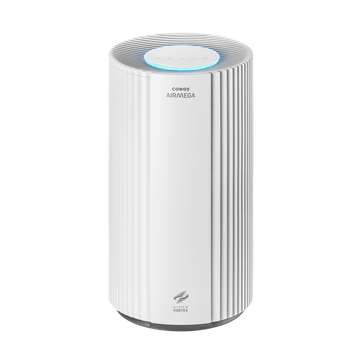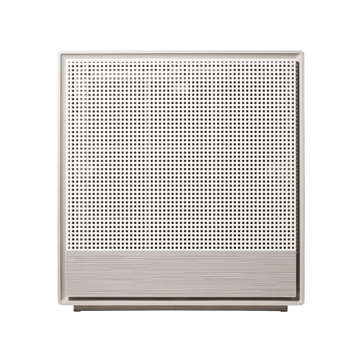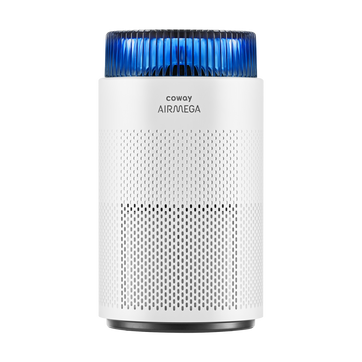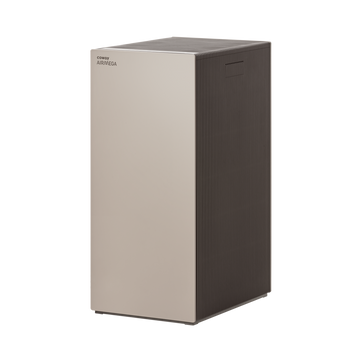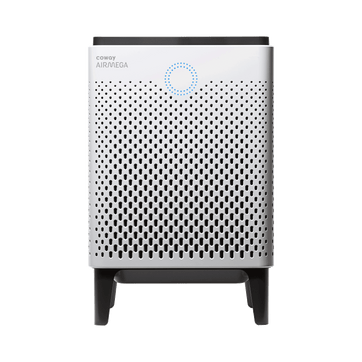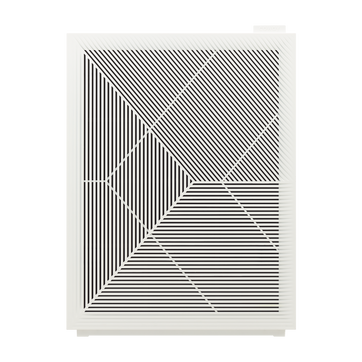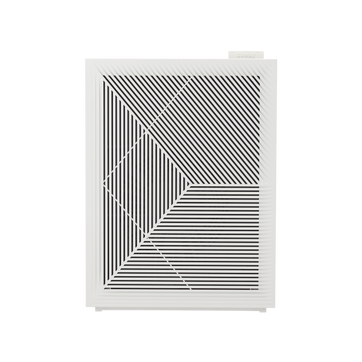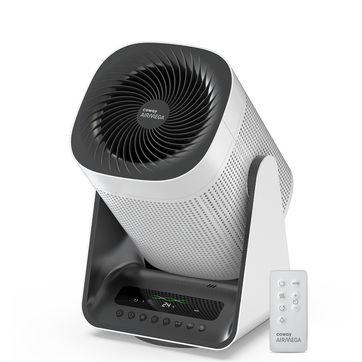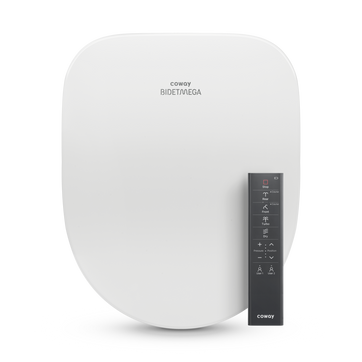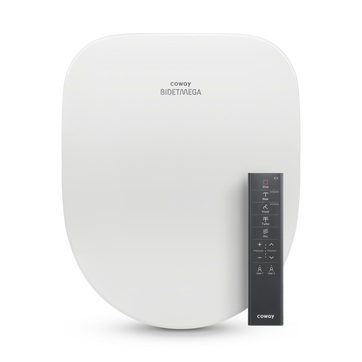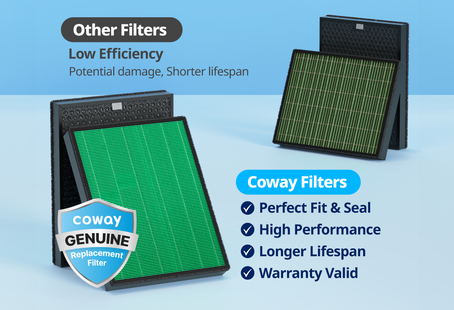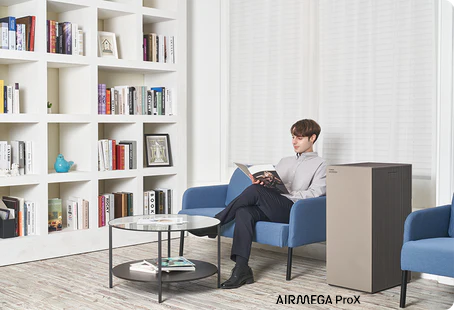
What is particulate matter?
Whether we see it or not, there’s plenty of not-air in our air. A big portion of those respirable substances are known as particulate pollution or particulate matter, and many of those particles come from sources we encounter — or create — every day.
Here’s all you need to know about the microscopic particles, where they come from, and how to manage them.
What is particulate matter?
At the most basic level, particulate matter is an umbrella term that describes a mixture of liquids and solids, from both human and natural origins, suspended in the atmosphere.
Are there different types of particulate matter?
Scientists classify particulate matter by size. They call particulate matter “coarse” or “PM10” if the particle has a diameter between 2.5 micrometers and 10 micrometers. (For reference, a human hair is between 50 and 70 micrometers thick.) Dust and smoke are visible examples of PM10, but more than 90 percent of particulate matter isn’t visible to the naked eye.
We call these substances “fine particulate matter” or “PM2.5.” The particles have a diameter of less than 2.5 micrometers, which means they can only be seen underneath a microscope. Particles from smokeless heating fuels and road dust are two examples.

Where do PM2.5 and PM10 come from?
The U.S. Environmental Protection Agency (EPA) divides particulate matter sources into two categories: primary and secondary. Primary particles come directly from a source, such as agriculture and construction sites. Secondary particles form when gases from burning fuels react with sunlight and water vapor. Primary particles tend to be coarse while secondary particles are fine.
What can particulate matter do to my health?
Quite a lot, unfortunately. Specifically, PM2.5 substances can travel deep into our lungs and reach the bloodstream. Numerous studies have linked particulate matter exposure to decreased lung function, respiratory symptoms like coughing and labored breathing, and even reduced life expectancy.
How much particulate matter is too much?
Though researchers haven’t been able to identify a threshold at which particulate matter begins to affect health, the EPA still has limits for public health. For PM10 and PM2.5, the 24-hour average cannot exceed 150 and 12 micrograms per cubic meter of air, respectively. If it does, local and state officials issue warnings to stay indoors, filter air, and drink water to dislodge harmful particles from our airways.
Is particulate matter also bad for the environment?
Cities, clogged with cars and peppered with construction sites and factories, typically have higher particulate matter concentrations than rural areas do. When these particles react with sunlight, they form haze, which can remain suspended in the air and travel for hundreds of miles. For instance, particle pollution in Los Angeles can migrate from Los Angeles all the way to The Grand Canyon.
Particulate matter also alters the nutrient and chemical balances of soil and water when it settles. Rivers, for instance, can become acidic when exposed to particle pollution. In soil, particle pollution depletes nutrient supplies, which damages sensitive crops and forests.
How can I reduce particulate matter in my home?
Particle pollution occurs year-round, so keep an eye on daily measurements and avoid spending a lot of time outside when the Air Quality Index tells us that levels are “unhealthy.” Hunkering down indoors isn’t an absolute solution, though: Domestic activities like cooking, smoking, and lighting candles all produce PM2.5. No, you’re probably not going to stop cooking, so investing in a little extra ventilation and filtration can help manage the particles floating around your home.
Disclaimers
1Coway air purifiers has been proven to trap dust, pollen, dander, viruses and bacteria in the air based on KCL (Korea Conformity Laboratories) testing.They have been tested in a 30㎥ size chamber according to the Korea Air Cleaning Association standard (SPS-KACA 002-132:2022 Modified) to measure the 0.01㎛ size of particle removal rate. It was tested on maximum airflow speed in normal room temperature and humidity conditions. The performance may vary in the actual living environment of customers.
→ Tested with Airmega Aim, 150, 160, AP-1216L, AP-1512HH, AP-1512HHS, 200M, Icon, IconS, 230, 240, 250, 250 Art, 250S, 300, 300S, 400, 400S, ProX
299.97% of viruses, bacteria, fungi and pollen were verified to be removed from the air for Coway air purifiers which have Green True HEPA™ filter applied based on the Japan Food Research Laboratories(JFRL) testing according to JEM 1467 standard.
→ Tested with Coway Airmega AP-1512HH, AP-1512HHS, 250, 250 Art, 250S, 300, 300S, 400, 400S
→ All tested by JFRL and received above result within below time.
All tested by JFRL and received above result within below time.
- Virus: Tested with Escherichia coli phage ΦX174 NBRC 103405, 60 minutes
- Bacteria: Tested with Staphylococcus epidermidis NBRC 12993, 60 minutes
- Fungi/Mold: Tested with Penicillium citrinum NBRC 6352, 60 minutes
- Pollen: Tested with Cedar Pollen extract, 60 minutes
3Aerosol test conducted in a Biosafety level 3 laboratory with two Coway air purifier models, Coway Airmega 250 and 400 for removal of SARS-CoV-2 Aerosol by US based MRI Global, a not-for-profit laboratory and partner of US Department of Defense. The test was conducted in a 13.1ft3 chamber. Virus was aerosolized for 15 minutes and the product was turned on high for 2 minutes. Result showed each product effectively removed over 99.98% of the SARS-CoV-2 in 2 minutes. This is a result from a laboratory experiment condition and result may vary in different conditions. This result does not imply it kills SARS-CoV-2 or prevents the transmission of Covid-19. Coway Airmega 250S and 400S are identical to the tested models and has equal performance with an additional mobile connectivity function.
4The concentration of ammonia, acetaldehyde and acetic acid were proven to be removed within 30 minutes by FCG Research Institute, Inc. Human Life Science Lab. It is not a demonstration result in the actual use space. Not all odors and gases may be supported. → Tested with Coway Airmega 150, 160, AP-1512HH, AP-1512HHS, 400, 400S
5The coverage area of the air purifier is based on an area where the air cleaner can make two air changes per hour (ACPH). An air change per hour translates to how many times an air purifier can clean an area, assuming the height of a ceiling to be 8 ft, in one hour. Therefore ** means two air changes per hour means that the cleaner can clean the area once every 30 minutes and * means air changes per hour means that the air purifier can clean the area once every 60 minutes.
10Terms and conditions apply. Discounts, including promotions, coupons, bundle discount and subscription discount, cannot be stacked on top of other coupons. During promotional periods, discount codes will not be able to be applied to orders. Promo codes may apply to products only—filters, accessories, and new products within 3 months of the release date are not included.
